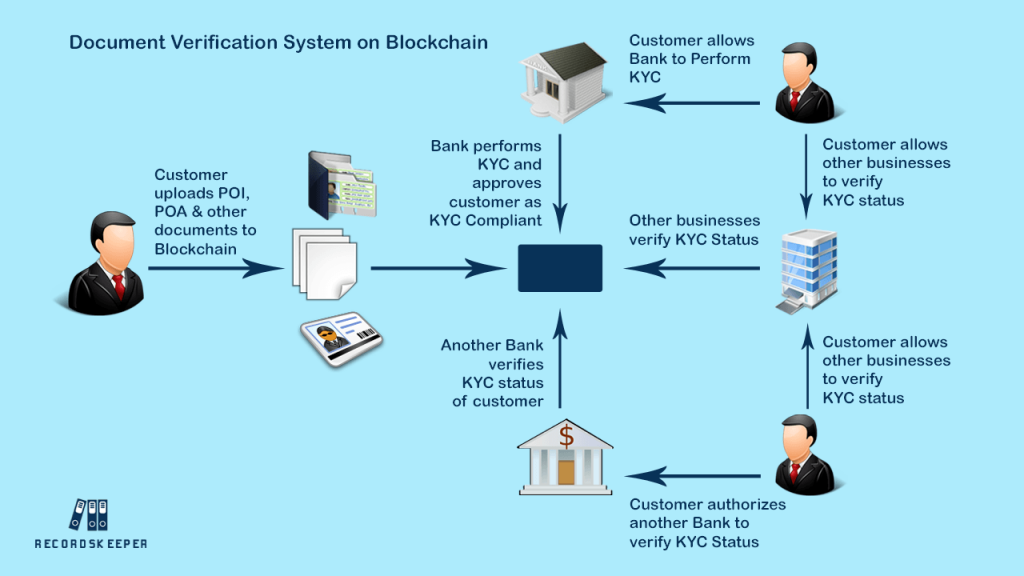
- Toshendra Kumar Sharma
- April 30, 2024
The key issues in document verification for banks and other businesses are in storage, retrieval and access to data. Hence came blockchain technology to solve these problems in storing and accessing of data. Blockchain technology provides a common shared platform from where to store, retrieve and access documents. The very nature of the technology is in the distributed, shared, open ledgers, verifiable by all.
Public blockchains are open for all, whereas private blockchains are ones where one, two or a few firms participate. New firms may add or exit later on from the network. Participating, thus, reduces the operational and overhead costs incurred in performing the task of verification of documents. One can ensure proper storage, retrieval, security and access to data by participating in a blockchain. The technology helps banks verify data and documents with transparency, significant ease and at lower costs.
Document Verification Process
When a user presents a document, the technology converts or encodes the document into a cryptographic digest or cryptographic hash. Satoshi Nakamoto’s white paper on Bitcoin carries a permanent hash of b1674191a88ec5cdd733e4240a81803105dc412d6c6708d53ab94fc248f4f553. Submitting the same document more than once, for verification, will have the hash and the transaction markers match each time. If the document contains any changes, the markers won’t match. The user will also have the power to allow or disallow the said organization or individual from viewing the document.
Non-financial Uses of Blockchain
Although banks have stringent KYC norms, the document verification system on a blockchain is not unique to banking alone. Besides the BFSI (Banking, Financial Services, and Insurance) sector, universities, educational institutions, etc. can also make use of the technology. Both issuance and verification of degrees and certificates can happen through the blockchain data storage and verification methods. Instead of printing a degree certificate and keeping stored a physical copy, universities can begin issuing digital certificates. Verification of the same will also be easier through this technology.
In addition to creating secure tamper-proof certificates, educational institutions can leverage digital tools to streamline their documentation processes. A reliable and free PPT to PDF converter can facilitate the easy conversion of presentations and lectures into PDF format for secure sharing and archiving within the blockchain system, ensuring that intellectual property remains protected while enhancing accessibility and distribution.
Blockchain in Healthcare
Blockchain will also play an important role in the medical field with storing, maintenance and easy verification of medical records. Doctors and medical professionals can access the medical history of patients easily, verify them and administer appropriate treatment. This technology will hugely benefit the healthcare industry, as much as it benefits the BFSI and education sectors.
How to Verify Documents on a Blockchain
Currently, there are multiple numbers of ways through which one can verify the existence of a document on the blockchain. The easiest of them is to re-upload the document to verify its existence. Upon re-uploading of the document, the proof of its existence gets verified, as the cryptographic digest and the marker for the transaction are also verified. The other ways are to check the transaction record of the bitcoin blockchain to verify the existence of a time-stamped document. Returning to the verification page of the original time-stamped document also verifies its existence. Thus, the existence of a time-stamped document on a prior date gets proven.
This will help banks, educational institutions and healthcare industries verify documents in very less time, cost, and effort.

































































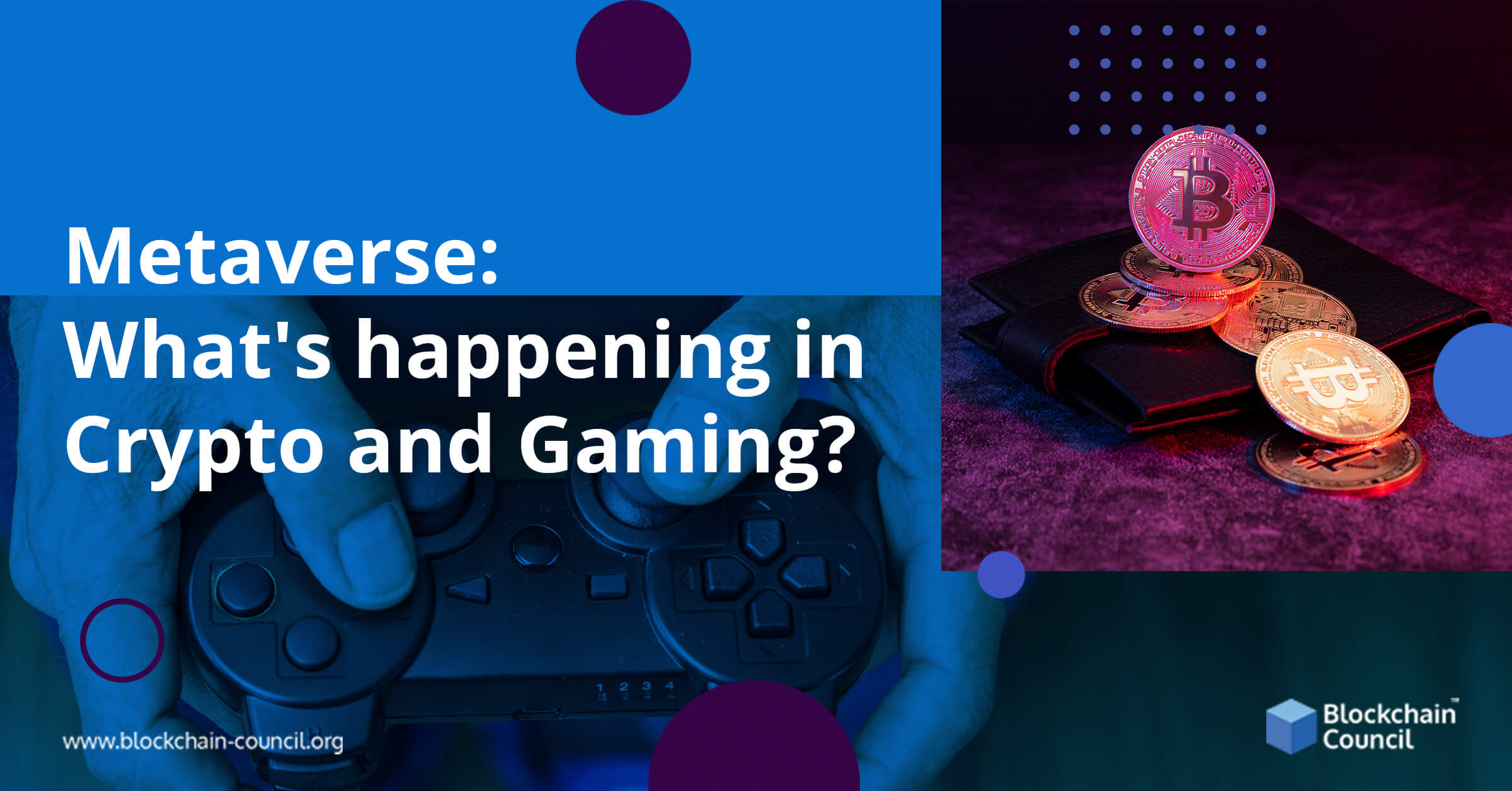
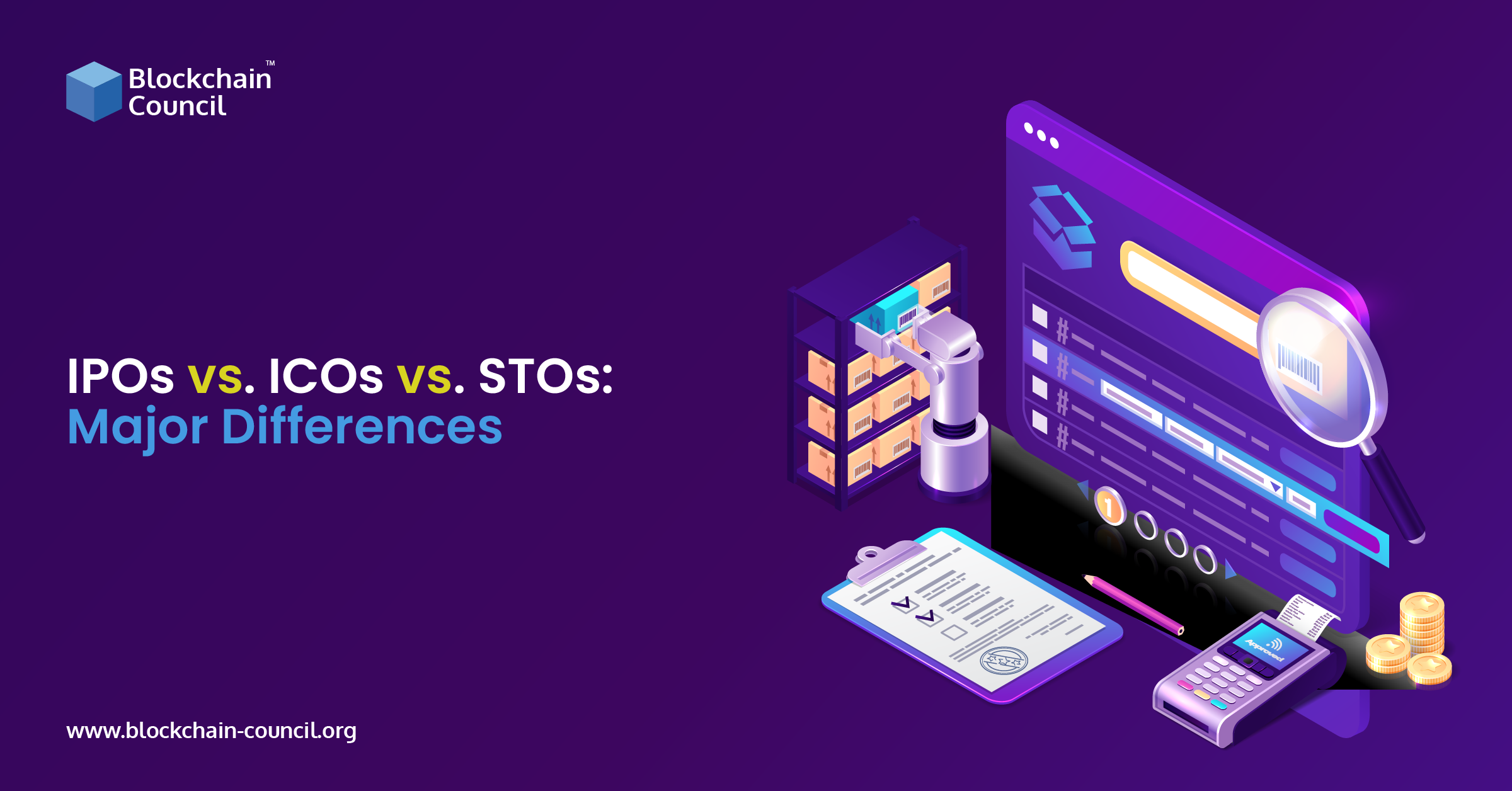
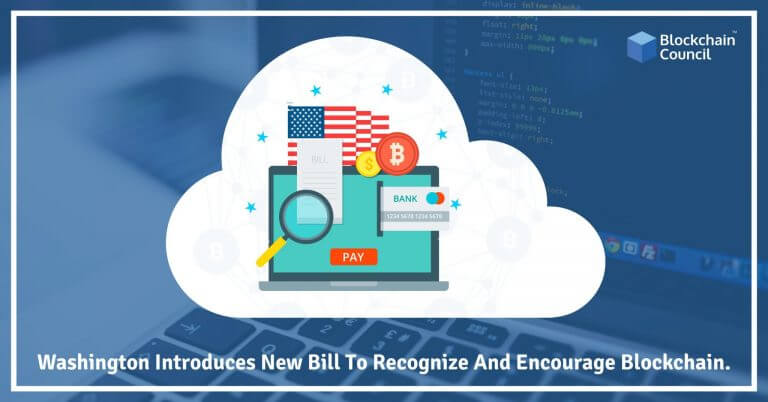
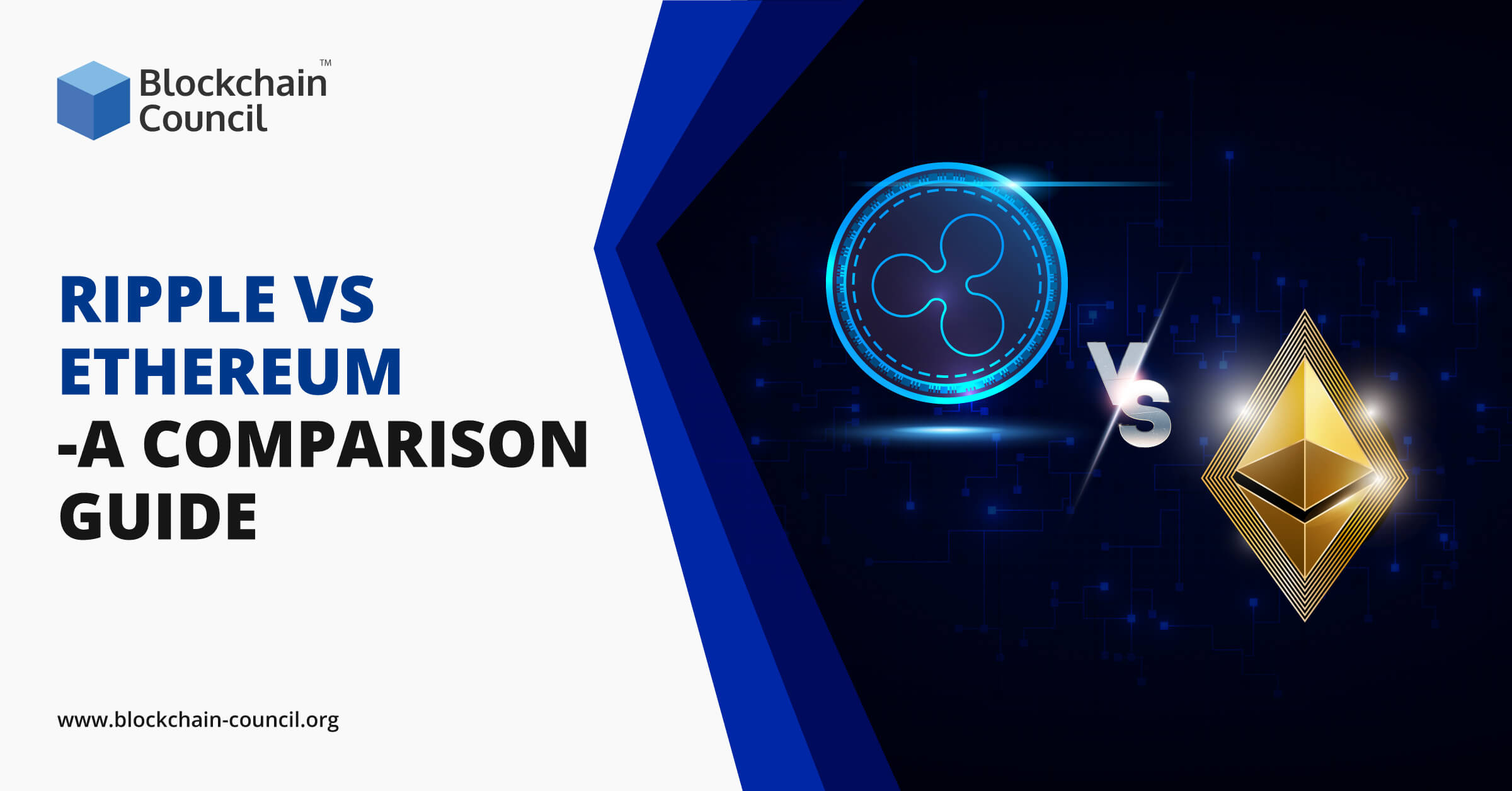
 Guides
Guides News
News Blockchain
Blockchain Cryptocurrency
& Digital Assets
Cryptocurrency
& Digital Assets Web3
Web3 Metaverse & NFTs
Metaverse & NFTs
